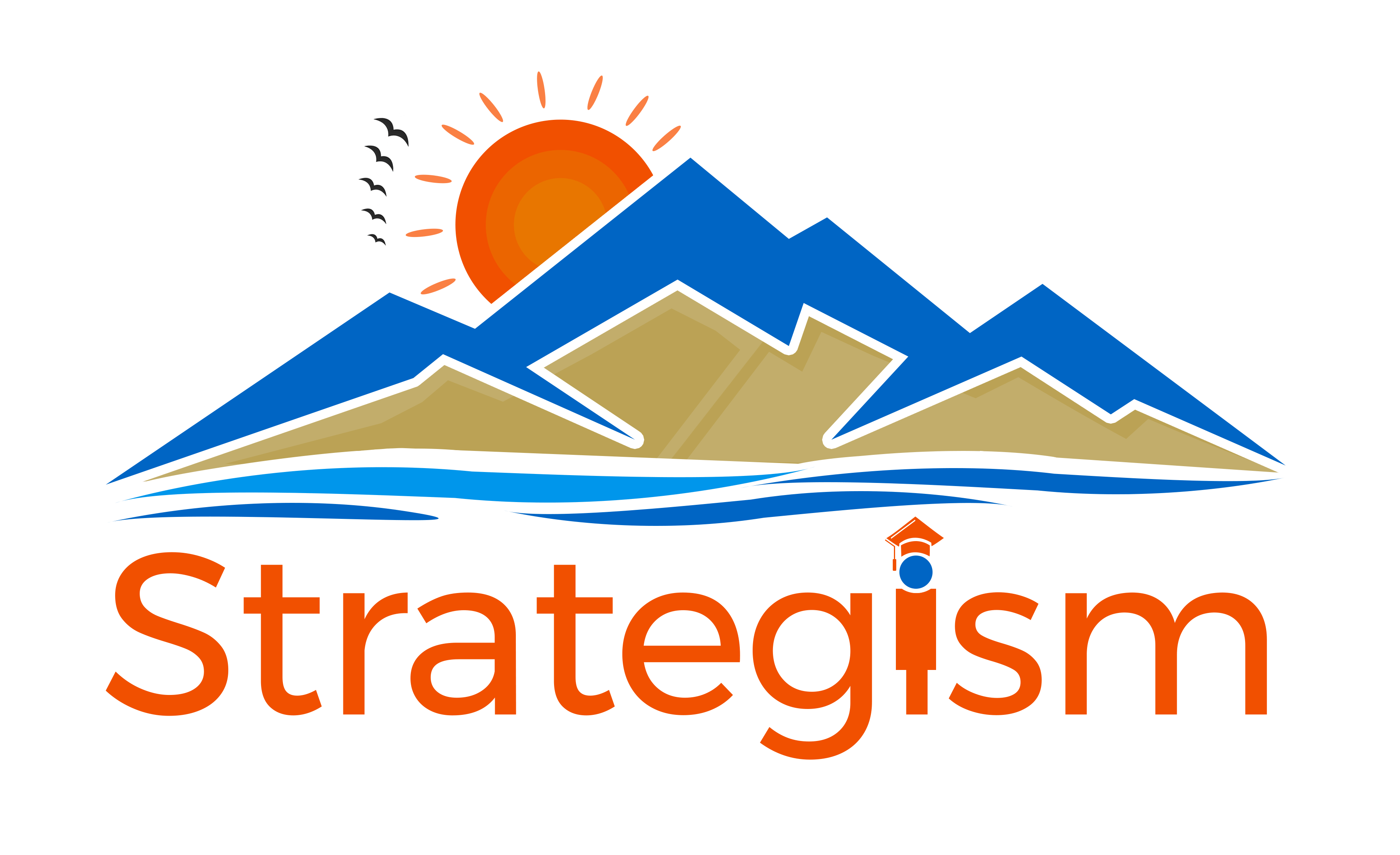Leading SAFe: Guiding Organizations Towards Agile Transformation

In today’s rapidly evolving business landscape, the ability to adapt and innovate has become paramount. Traditional methods of project management and organizational structure often struggle to keep up with the pace of change. This is where Scaled Agile Framework (SAFe) enters the stage, offering a comprehensive approach to scaling Agile practices across large enterprises. At the heart of this transformation is the concept of Leading SAFe – a methodology that empowers leaders to guide organizations through a successful Agile transformation journey. In this blog, we’ll explore the transformative power of Leading SAFe and its role in steering organizations towards effective Agile adoption.
Understanding Leading SAFe:
Leading SAFe goes beyond implementing Agile practices within individual teams. It focuses on scaling Agile principles to the entire organization, aligning business and technology strategies, and fostering collaboration across departments. At its core, Leading SAFe equips leaders with the mindset, knowledge, and skills needed to drive this transformation at all levels.
The Role of Leadership in Agile Transformation:
Agile transformation requires a top-down approach. Leaders play a pivotal role in setting the tone, creating a culture of continuous improvement, and championing Agile values. Leading SAFe acknowledges this by providing leaders with the tools to become change agents, guiding their teams and organizations through the shifts required for Agile success.
Key Components of Leading SAFe:
Leading SAFe encompasses a range of principles, practices, and roles that contribute to the transformation journey. From identifying value streams and establishing Agile Release Trains (ARTs) to enabling relentless improvement through the Inspect and Adapt process, we’ll delve into the essential components that make up Leading SAFe.
Driving Alignment and Collaboration:
One of the challenges in scaling Agile is maintaining alignment and collaboration across diverse teams and departments. Leading SAFe emphasizes the importance of establishing clear objectives, defining roles, and fostering open communication. By aligning everyone towards a common purpose, organizations can achieve synergy and focus on delivering value to customers.
The Benefits of Leading SAFe:
Organizations that embrace Leading SAFe often experience a plethora of benefits. These include faster time-to-market, increased employee engagement, improved customer satisfaction, reduced risks, and enhanced innovation. Through real-world success stories, we’ll illustrate how organizations have reaped these rewards by embracing Leading SAFe as a guiding philosophy.
Overcoming Challenges and Resistance:
While Agile transformation is promising, it’s not without challenges. Some teams might resist change, and cultural shifts may require time. Leading SAFe equips leaders with strategies to address these challenges, navigate resistance, and create a positive environment for change to thrive.
Becoming a Leading SAFe Champion:
For leaders who aspire to drive their organizations towards Agile excellence, the path to becoming a Leading SAFe certified practitioner is outlined. From training options to the certification process, this section provides a roadmap for leaders to embark on their transformative journey.
Conclusion:
In an era where adaptability and innovation are paramount, Leading SAFe emerges as a beacon of change for organizations seeking to thrive in dynamic markets. By empowering leaders with the knowledge and tools needed to guide Agile transformations, Leading SAFe paves the way for organizations to embrace agility, increase their responsiveness, and achieve sustainable growth. As leaders step into the role of change agents, they not only transform their organizations but also contribute to shaping a more Agile future for industries worldwide.




1 Comment